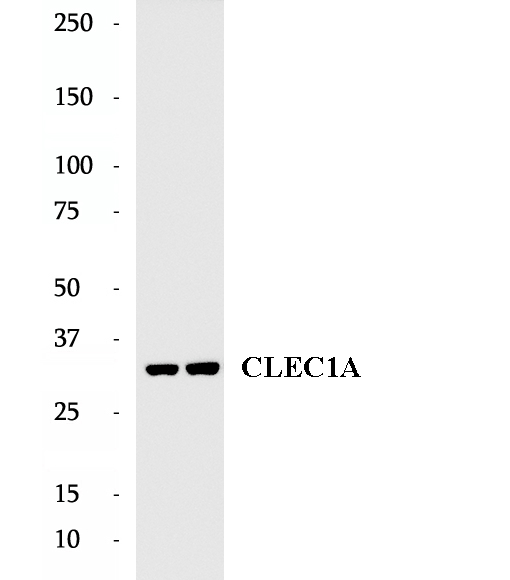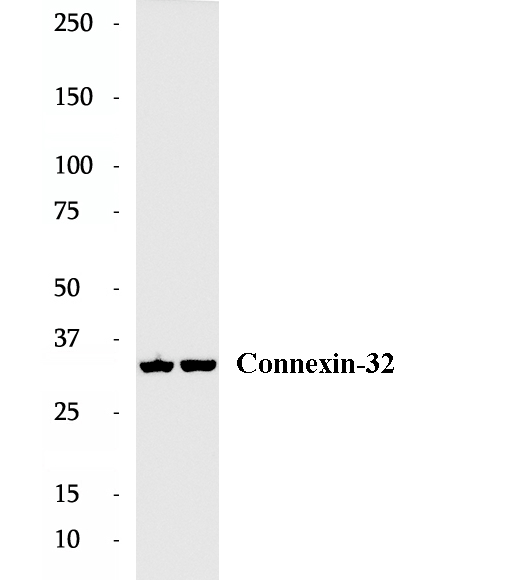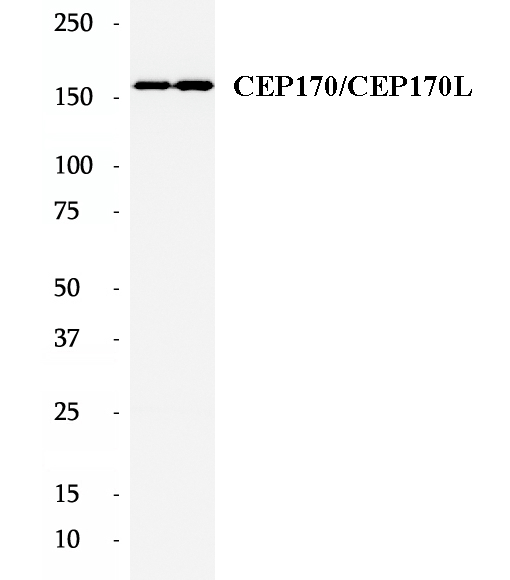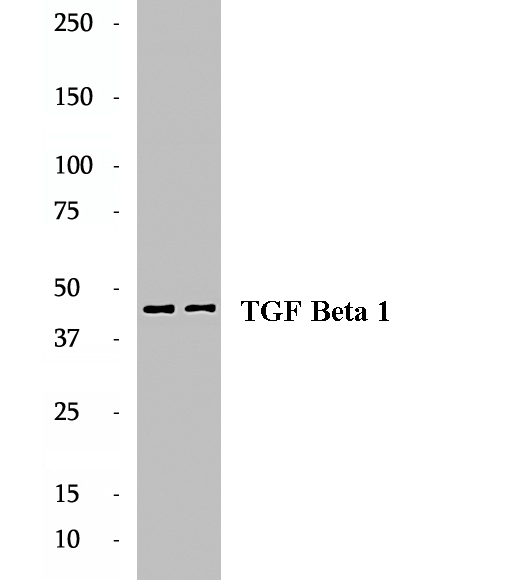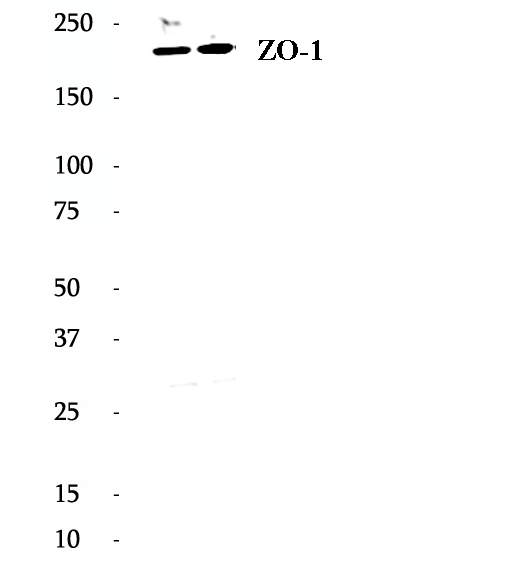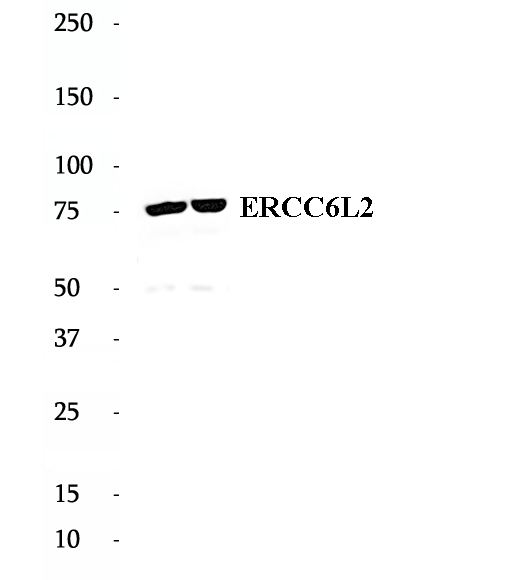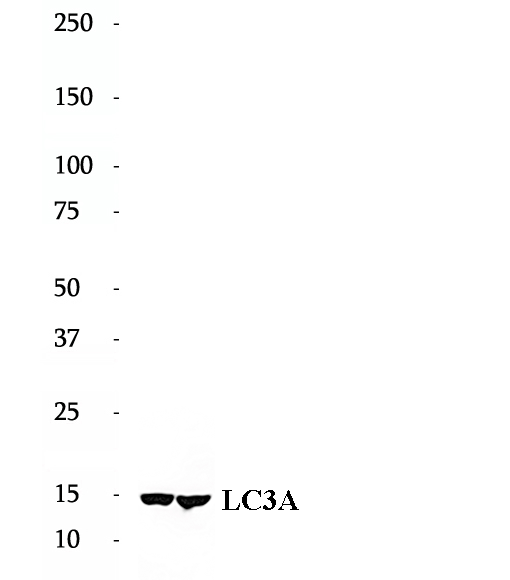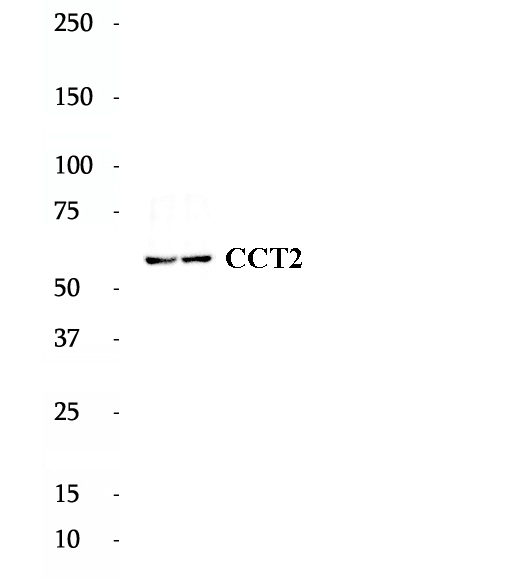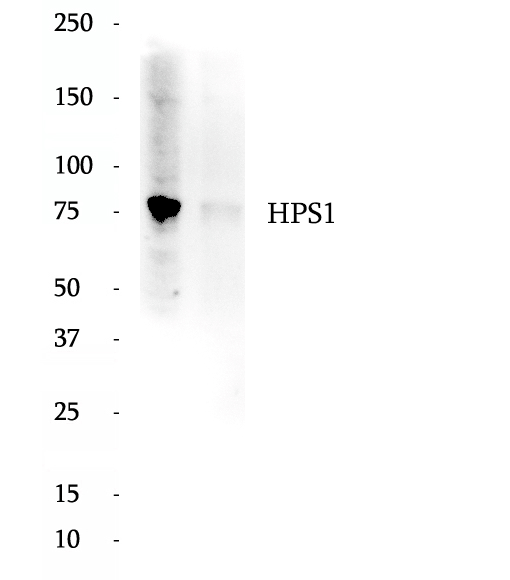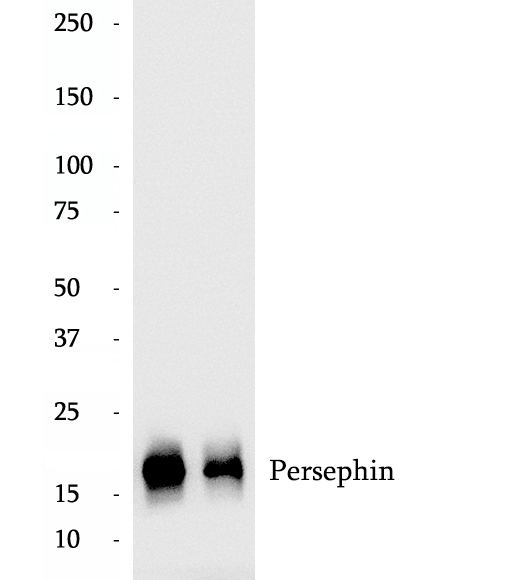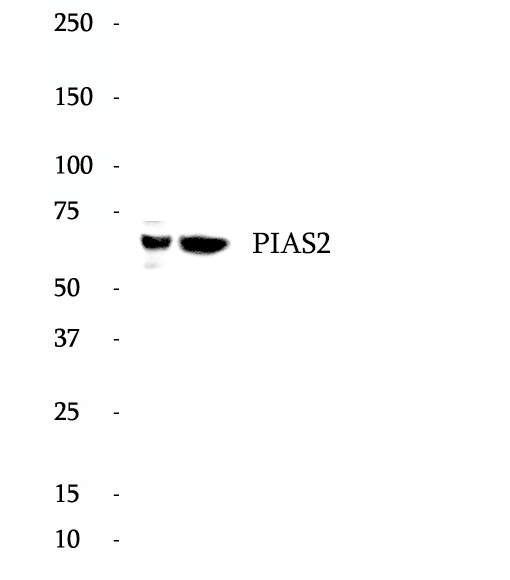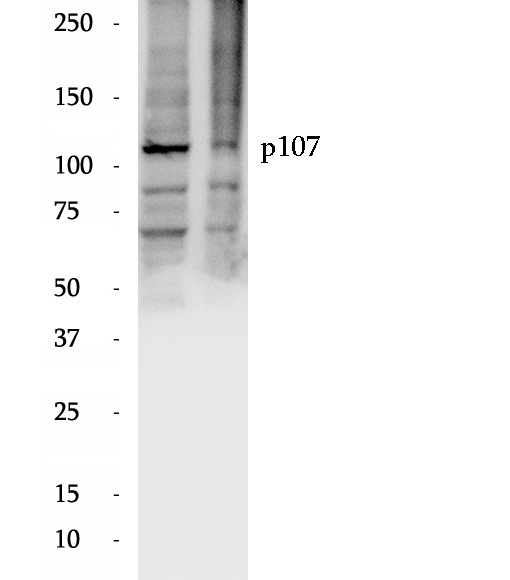|
BP61625
|
Anti-FABP3 antibody
|
|
|
|
|
FABP3 (fatty-acid-binding protein 3), also known as heart-type FABP or mammary-derived growth inhibitor (MDGI), is a small 15-kDa cytoplasmic protein transporting fatty acids and other lipophilic substances from the cytoplasm to the nucleus. It is most ubiquitously expressed in heart and skeletal muscle.
|
|
BP61227
|
Anti-Cytokeratin 19 antibody
|
|
|
|
|
Keratins are a large family of proteins that form the intermediate filament cytoskeleton of epithelial cells. Keratin expression is highly regulated, tissue specific, and varies according to cell-state. Type I keratins consist of acidic, low molecular weight proteins with MW ranging from 40 kDa (KRT19) to 64 kDa (KRT9). Type 2 keratins consist of basic or neutral, high molecular weight proteinswith MW from 52 kDa (KRT8) to 67 kDa (KRT18). Keratin 19 is a type I cytokeratin. It is a biochemical marker of skin stem cells in vivo and in vitro.
|
|
BP61098
|
Anti-CREG1 antibody
|
|
|
|
|
REG1 (Cellular repressor of E1A-stimulated genes 1) shares limited sequence similarity with E1A and binds both the general transcription factor TBP and the tumor suppressor pRb in vitro is a secreted glycoprotein that inhibits cell proliferation and/or enhances differentiation. CREG is widely expressed in adult tissues such as the brain, heart, lungs, liver, intestines and kidneys in mice.
|
|
BP64225
|
Anti-RSK2 antibody
|
|
|
|
|
RPS6KA3 (Ribosomal protein S6 kinase alpha-3) is also named as ISPK1, MAPKAPK1B, RSK2 and belongs to the protein kinase superfamily. It localizes at the kinetochores under spindle checkpoint conditions, and during mitosis, associated with the centrosomes, the spindle and at the mid-body. It is required for EGF activated phosphorylation of histone H3, which may cause chromatin remodeling and facilitate gene transcription and maybe playing an essential regulatory role in protein synthesis during cell proliferation.
|
|
BP64522
|
Anti-SNRNP200 antibody
|
|
|
|
|
SNRNP200 (small nuclear ribonucleoprotein 200kDa (U5)), also known as HELIC2, ASCC3L1 or BRR2, is a 2,136 amino acid protein that localizes to the nucleus and contains two SEC63 domains, two helicase C-terminal domains and two helicase ATP-binding domains. Existing as multiple alternatively spliced isoforms, HELIC2 functions as an RNA helicase that is thought to promote specific RNA-RNA conformational changes which are important in the second step of RNA splicing. The gene encoding HELIC2 maps to human chromosome 2, which houses over 1,400 genes and comprises nearly 8% of the human genome. Harlequin icthyosis, a rare and morbid skin deformity, is associated with mutations in the chromosome 2-localized ABCA12 gene, while the lipid metabolic disorder sitosterolemia is associated with defects in the ABCG5 and ABCG8 genes, hich also map to chromosome 2. The observed molecular weight of SNRNP200 is 200-245kd.
|
|
BP64839
|
Anti-TGIF2 antibody
|
|
|
|
|
Homeobox protein TGIF2 is a protein that in humans is encoded by the TGIF2 gene. The protein encoded by this gene is a DNA-binding homeobox protein and a transcriptional repressor. The encoded protein appears to repress transcription by recruiting histone deacetylases to TGF beta-responsive genes. This gene is amplified and overexpressed in some ovarian cancers, and mutations in this gene can cause holoprosencephaly.
|
|
BP61992
|
Anti-GPD2 antibody
|
|
|
|
|
GPD2 is located on the outer surface of the inner mitochondrial membrane and catalyzes the unidirectional conversion of glycerol-3-phosphate (G-3-P) to dihydroxyacetone phosphate (DHAP) with concomitant reduction of the enzyme-bound FAD.
|
|
BP63587
|
Anti-Phospho-MAP2K4 (Ser257/Thr261) antibody
|
|
|
|
|
Mitogen-activated protein kinase kinase 4 (MAP2K4), also known as MAP kinase kinase 4 (MKK4), is a second-level kinase in the hierarchical mitogen-activated protein kinase (MAPK) pathway and is regulated by Ras. MAP2K4 has been found to be stably mutated in 3-5 % of cancers, such as ovarian, prostate, and liver cancers. MAP2K4 is activated by MEKK1 or ASK1/TAK1/MLK3. It is unique among all known MAP2Ks in its ability to phosphorylate two different MAPKs, p38 and JNK (c-Jun N-terminal kinase), respectively.
|
|
BP60972
|
Anti-CLEC1A antibody
|
|
|
|
|
CLEC1A (C-type lectin domain family 1 member A) is a single-pass type II membrane protein that contains one C-type lectin domain. Members of the C-type lectin domain family share a common protein fold and have diverse functions, such as cell adhesion, cell-cell signalling, glycoprotein turnover, and roles in inflammation and immune response. CLEC1A is expressed preferentially in dendritic cells and plays a role in regulating dendritic cell function.
|
|
BP61034
|
Anti-Connexin-32 antibody
|
|
|
|
|
Connexin-32 (Cx32), also known as Gap junction beta 1 protein (GJB1),belongs to the connexin family. Connexins are membrane-spanning proteins that assemble to form gap junction channels that facilitate the transfer of ions and small molecules between cells. Connexin-32 is the major gap junction protein of liver, and the expression is also found in brain and other organs. It is involved in tumorigenesis and liver regeneration. Connexin-32 plays an important role in peripheral nerve. Defects in Connexin-32 are the cause of Charcot-Marie-Tooth disease X-linked type 1 (CMTX1), an inherited peripheral neuropathy.
|
|
BP60869
|
Anti-CEP170/CEP170L antibody
|
|
|
|
|
CEP170, also named as FAM68A, KAB and KIAA0470, is a fork head-associated (FHA) domain protein. CEP170L is a part of CEP170. The gene CEP170 has some isoforms with MW 170-200 kDa, 160 kDa and some fragments 30-40 kDa, ~75 kDa.
|
|
BP64833
|
Anti-TGF Beta 1 antibody
|
|
|
|
|
TGFB, also named as LAP and TGFB1, is a multifunctional peptide that controls proliferation, differentiation, and other functions in many cell types. TGFB acts synergistically with TGFA in inducing transformation. It also acts as a negative autocrine growth factor. Dysregulation of TGFB activation and signaling may result in apoptosis. Many cells synthesize TGFB and almost all of them have specific receptors for it. TGFB positively and negatively regulates many other growth factors. It plays an important role in bone remodeling as it is a potent stimulator of osteoblastic bone formation, causing chemotaxis, proliferation and differentiation in committed osteoblasts. It is highly expressed in bone. Mutation of TGFB are the cause of Camurati-Engelmann disease (CED) which known as progressive diaphyseal dysplasia 1 (DPD1). This antibody detects the pro-TGF beta 1 and the cleaved fragment Latency-associated peptide.
|
|
BP65421
|
Anti-ZO-1 antibody
|
|
|
|
|
Zonula occludens-1 ZO-1, also known as Tight junction protein-1 is a 220-kD peripheral membrane protein that is encoded by the TJP1 gene in humans. It belongs to the family of zonula occludens proteins (ZO-1, ZO-2, and ZO-3), which are tight junction-associated proteins and of which, ZO-1 is the first to be cloned. It was first isolated in 1986 by Stevenson and Goodenough using a monoclonal antibody raised in rodent liver to recognise a 225-kD polypeptide in whole liver homogenates and in tight junction-enriched membrane fractions. It has a role as a scaffold protein which cross-links and anchors Tight Junction (TJ) strand proteins, which are fibril-like structures within the lipid bilayer, to the actin cytoskeleton.
|
|
BP61566
|
Anti-ERCC6L2 antibody
|
|
|
|
|
ERCC6L2, also known as RAD26L or C9orf102 belongs to the SNF2/RAD54 helicase family and is expressed in bone marrow. C9orf102 may be involved in early DNA damage response. C9orf102 is phosphorylated by NEK6. C9orf102 exists some isoforms with the molecular weight 177, 80, 60, 40 kDa.
|
|
BP62585
|
Anti-LC3A antibody
|
|
|
|
|
LC3A, also named as MAP1LC3A, LC3, MAP1ALC3 and MAP1BLC3, belongs to the MAP1 LC3 family. LC3A is one of the light chain subunits and can associate with either MAP1A or MAP1B which are microtubule-associated proteins that mediate the physical interactions between microtubules and components of the cytoskeleton. In cell biology, autophagy, or autophagocytosis, is a catabolic process involving the degradation of a cell's own components through the lysosomalmachinery. It is a major mechanism by which a starving cell reallocates nutrients from unnecessary processes to more-essential processes. Two forms of LC3, called LC3-I (17-19kd) and -II (14-16kd), were produced post-translationally in various cells. LC3-I is cytosolic, whereas LC3-II is membrane bound. The precursor molecule is cleaved by APG4B/ATG4B to form the cytosolic form, LC3-I. This is activated by APG7L/ATG7, transferred to ATG3 and conjugated to phospholipid to form the membrane-bound form, LC3-II. The amount of LC3-II is correlated with the extent of autophagosome formation. LC3-II is the first mammalian protein identified that specifically associates with autophagosome membranes. MAP1LC3 has 3 isoforms MAP1LC3A, MAP1LC3B and MAP1LC3C. MAP1LC3A and MAP1LC3C are produced by the proteolytic cleavage after the conserved C-terminal Gly residue, like their rat counterpart, MAP1LC3B does not undergo C-terminal cleavage and exists in a single modified form. This antibody is specific to LC3A.It recognize both LC3A-I and LC3A-II.
|
|
BP60738
|
Anti-CCT2 antibody
|
|
|
|
|
CCT2 is a gene encoding a molecular chaperone that is a member of the chaperonin containing TCP1 complex (CCT), also known as the TCP1 ring complex (TRiC). The switch of CCT2ʹs role from a chaperonin to a specific aggrephagy receptor is achieved by CCT2 monomer formation. CCT2 functions independently of ubiquitin and the TRiC complex to facilitate the autophagic clearance of solid protein aggregates. CCT2 has 2 isoforms with the molecular mass of 53 and 57 kDa.
|
|
BP62224
|
Anti-HPS1 antibody
|
|
|
|
|
Hermansky–Pudlak syndrome 1 protein is a protein that in humans is encoded by the HPS1 gene. This gene encodes a protein that may play a role in organelle biogenesis associated with melanosomes, platelet dense granules, and lysosomes. The encoded protein is a component of three different protein complexes termed biogenesis of lysosome-related organelles complex-3, BLOC4, and BLOC5. Mutations in this gene are associated with Hermansky–Pudlak syndrome type 1. Multiple transcript variants encoding distinct isoforms have been identified for this gene; the full-length sequences of some of these have not been determined yet.
|
|
BP63503
|
Anti-Persephin antibody
|
|
|
|
|
Persephin is a neurotrophic factor in the glial cell line-derived neurotrophic factor family. Persephin shares around a 40% similarity in amino acid sequence compared to GDNF and neurturin, two members of the GDNF family.
|
|
BP63651
|
Anti-PIAS2 antibody
|
|
|
|
|
PIAS2 functions as an E3-type small ubiquitin-like modifier (SUMO) ligase, stabilizing the interaction between UBE2I and the substrate, and as a SUMO-tethering factor. PIAS2 also plays a crucial role as a transcriptional coregulator in various cellular pathways, including the STAT pathway, the p53 pathway and the steroid hormone signaling pathway. PIAS2 has 3 isoforms produced by alternative splicing with the MW of 68 kDa, 63 kDa and 45 kDa.
|
|
BP63346
|
Anti-p107 antibody
|
|
|
|
|
Retinoblastoma-like protein 1, also named RBL1, p107, is a member of E1A-binding proteins, which contains a A/B pocket, or pRb. Via this structure, RBL1 can bind to viral oncoproteins and other perteins containing LXCXE motif. It regulates cell proliferation via phosphorylation-sensitive interactions with E2F transcription factors and other proteins. Key regulator of entry into cell division. Directly involved in heterochromatin formation by maintaining overall chromatin structure and, in particular, that of constitutive heterochromatin by stabilizing histone methylation. Recruits and targets histone methyltransferases SUV420H1 and SUV420H2, leading to epigenetic transcriptional repression. (uniprot). It has been reported there are two transcirpts variants of RBL1, which encode a 119-kd protein and a 68-kd protein.
|
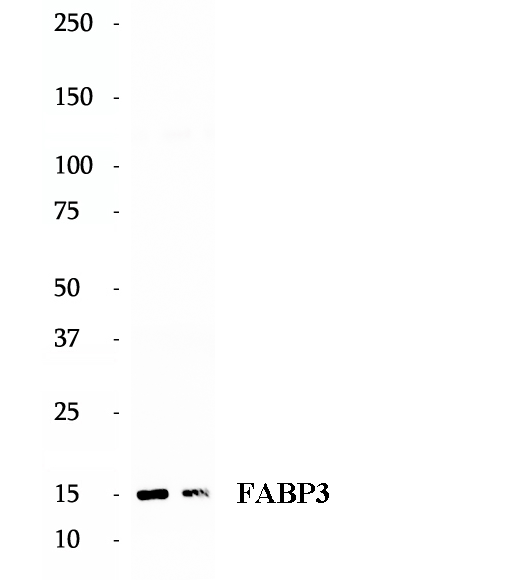
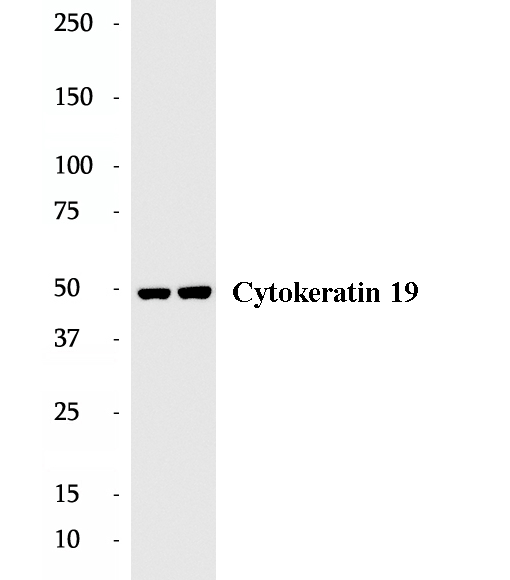
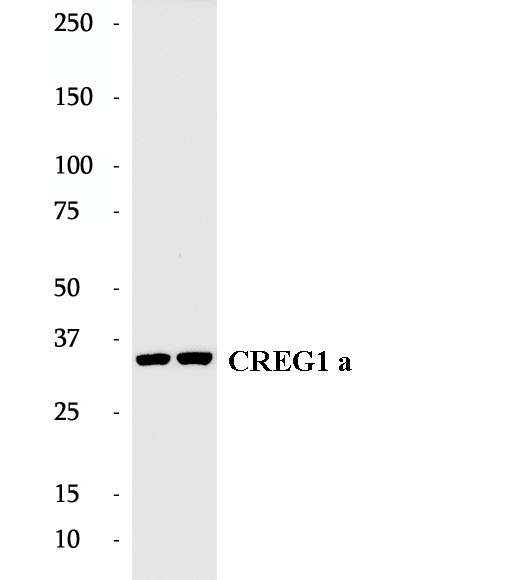
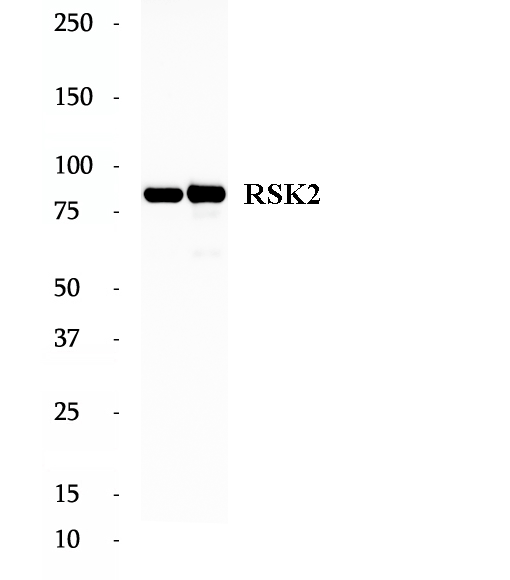
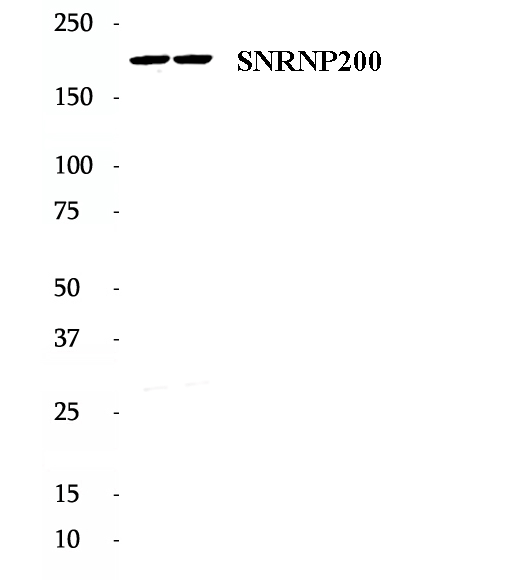
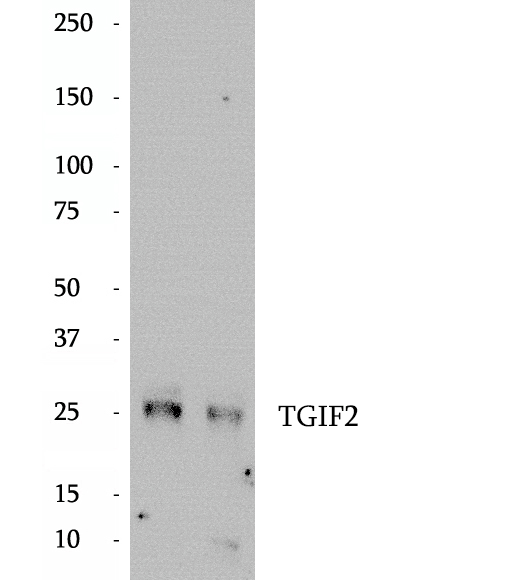
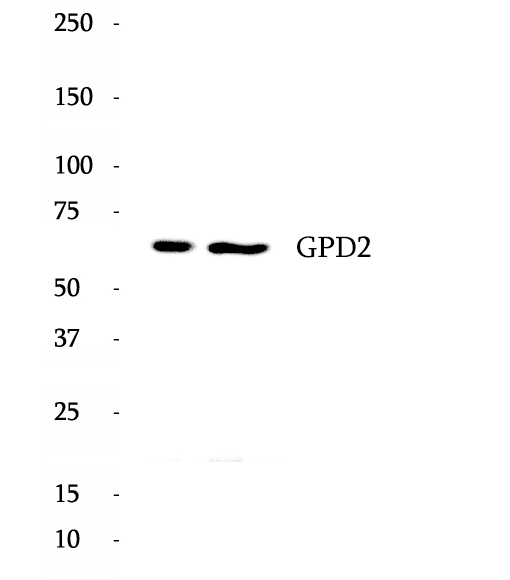
 antibody.gif)
